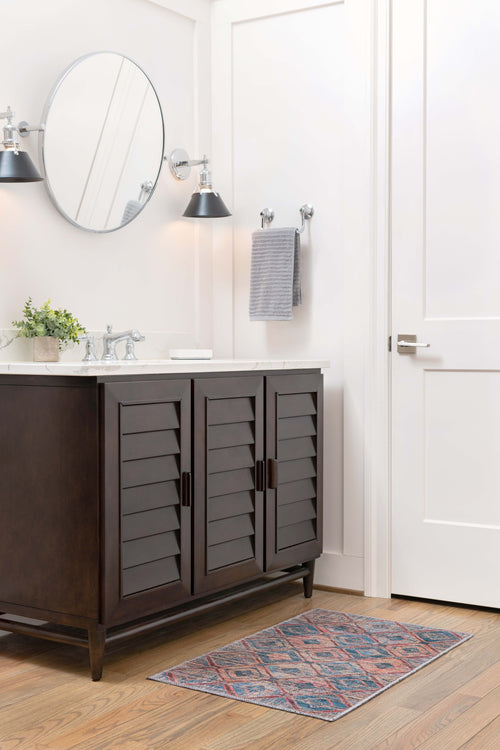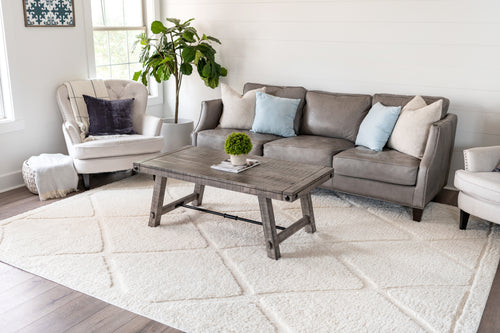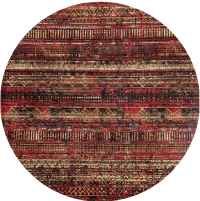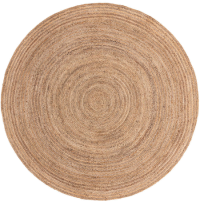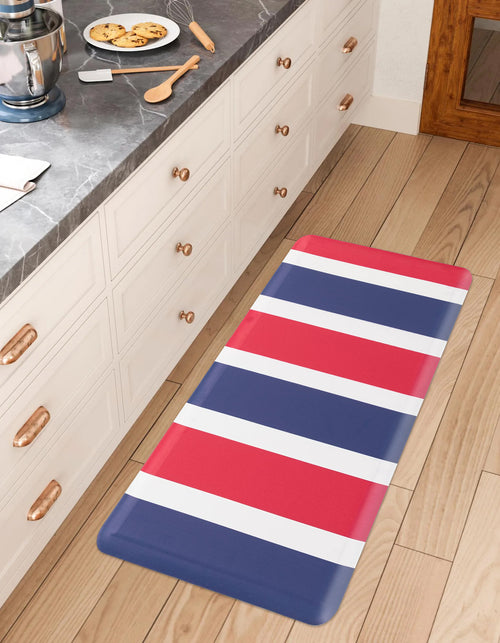White Area Rugs for Living Room are one of the most versatile and stylish design elements you can incorporate into your home. Whether your style leans toward modern minimalism or cozy elegance, a white rug can brighten your space, create a sense of openness, and add an unexpected touch of sophistication. Not only do they visually enlarge a room, but they also offer a neutral foundation for layering textures, colors, and furniture pieces. If you’ve been curious about how to transform your living space, white area rugs are a timeless option worth considering.
Key Takeaways
White area rugs can make a living room feel more spacious and airy.
Pairing rugs with contrasting textures adds depth and visual interest.
Layering rugs or furniture placement can create defined zones in an open floor plan.
Choosing patterns or materials thoughtfully can enhance the overall aesthetic.
Proper care and maintenance ensure longevity and a fresh appearance.
1. Embrace a Minimalist Look
Why Minimalism Works with White Rugs
White Area Rugs for Living Room are the perfect centerpiece for minimalist design. Their neutral tone allows your furniture, lighting, and decor to stand out without overwhelming the room. By keeping your color palette simple and uncluttered, the rug helps create a serene environment where every element feels intentional.
Tips for a Minimalist Approach
Stick to neutral furniture such as soft grays, muted beiges, or natural wood tones.
Limit decorative accents to a few curated pieces to maintain clean lines.
Incorporate varying textures like a linen sofa or a knit throw to avoid a flat appearance.
The result is a calm, cohesive space that feels both modern and welcoming.
2. Layering for Visual Depth
Combining Rugs and Textures
White Area Rugs for Living Room are excellent for layering. Placing a smaller patterned or textured rug over a plain white rug can instantly elevate the room’s design. This technique adds depth and visual interest, making the living area feel carefully curated rather than flat.
Practical Layering Ideas
Use a soft white shag rug as the base and layer a smaller geometric rug on top.
Experiment with different materials such as wool, cotton, or faux fur for tactile contrast.
Coordinate colors in the layered rug with accent pillows or throws for cohesion.
Layering gives your living room a designer touch without the need for expensive furniture or major renovations.
3. Creating Zones in Open-Plan Spaces
Defining Areas with Rugs
Open-concept living rooms can benefit greatly from the strategic placement of White Area Rugs for Living Room. Rugs act as visual dividers, defining separate zones for seating, dining, or workspaces. A well-chosen white rug anchors the seating area while maintaining an airy, open feel.
How to Zone Effectively
Place the rug under the coffee table and front legs of sofas and chairs to create a distinct seating area.
Consider using different textures or patterns for dining and lounge areas to visually separate them.
Ensure walkways remain clear to maintain flow and accessibility.
By using a white rug as the base, the space feels cohesive rather than fragmented.
4. Pairing White Rugs with Bold Colors
Making Colors Pop
One of the most striking ways to use White Area Rugs for Living Room is by pairing them with bold, vibrant colors. A white rug provides the perfect canvas for bright accent chairs, colorful artwork, or patterned cushions. The contrast allows each design element to stand out while keeping the overall look balanced.
Tips for Bold Combinations
Pair a white rug with jewel-toned sofas such as emerald green or sapphire blue for a luxurious feel.
Incorporate metallic accents like gold or brass in lamps and decor for added elegance.
Mix in natural textures such as rattan or wood to soften the contrast and add warmth.
This approach ensures your living room feels dynamic and visually engaging without becoming chaotic.
5. Choosing the Right Material for Practicality and Style
Material Matters
White Area Rugs for Living Room look stunning, but material choice is essential for longevity and ease of maintenance. Some materials offer more durability, stain resistance, or softness, depending on your lifestyle and design goals.
Material Recommendations
Wool rugs are durable, soft, and naturally resistant to dirt.
Cotton rugs are easy to clean and perfect for casual, cozy spaces.
Synthetic fibers like polyester or nylon offer stain resistance and affordability for high-traffic areas.
Selecting the right material ensures your white rug remains a practical and beautiful centerpiece in your living room.
Frequently Asked Questions
1. Are white rugs difficult to maintain?
White rugs require regular care, including vacuuming and occasional spot cleaning. Using a rug pad can help reduce wear and prevent slipping.
2. Can I use a white rug in a high-traffic area?
Yes, but choose durable materials like wool or synthetic blends. Also, avoid placing rugs in areas prone to heavy dirt or spills.
3. How do I prevent my white rug from looking boring?
Add texture through layering, patterned accents, or a mix of materials to keep the space interesting and inviting.
4. Can a white rug make a small living room feel cramped?
Quite the opposite. A white rug can visually expand the space, making it feel more open and airy.
5. Is it okay to mix a white rug with colorful furniture?
Absolutely. White rugs serve as a neutral base that enhances bold colors and makes them pop.
Conclusion
White Area Rugs for Living Room are a timeless and versatile design choice. They brighten spaces, define areas, and provide a neutral foundation for creative styling. From minimalist elegance to layered textures and bold color contrasts, a white rug can transform any living room into a visually stunning and welcoming space.
If you’re ready to explore White Area Rugs for Living Room, visit AreaRugs.com to discover a curated selection that combines quality, style, and practicality. Whether you’re redesigning your living room or adding a touch of sophistication, the perfect white rug awaits.
